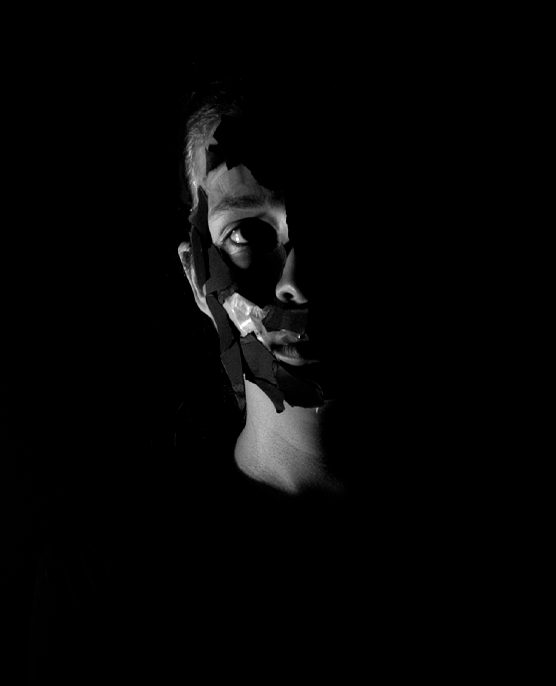By Simone Bellot
If you were from Nassau, Bahamas, you would wake up on a Monday morning, make tea, never coffee, and begin to ponder what to make for breakfast. It wouldn’t be a simple meal, it would have four elements, at least. Maybe tuna and yellow grits with sliced oranges and juice, or maybe corned beef if you feel like putting in the effort. You’d prepare for the day, not done until you reek of Irish Spring and cocoa butter—it’s the only way to be presentable. Taking what should be a 7 a.m. jitney to Bay Street at 7:30 am, you’d choose to sit next to an elder. They may generate unwanted conversation but they should be getting off at the next stop; Bay Street is for workers.
If you were lucky, you would arrive on Bay Street before 8:30 when the first of the cruises begin to dock. You would depart from the peaceful bubble of “Bahamianess” that is the jitney and enter the colorful world of historic Nassau, a street that has stood the test of time, but at what cost?
Look around and see the shades of the people: Navy blue for the expatriates that worked in Swiss banks and stink of cigarettes and coffee. Purple for the politicians that bicker as parliament is being filmed but eat lunch together at the Greek restaurant on Frederick street. For the people, for the Bay Street worker, the straw vendor, horse wrangler, storekeeper, beggar and everyone in between, you would see them as vibrant aquamarine; they keep the spirit of Bay Street alive.
Take your seat in front of an obscure jewelry store that seems to have only 10 customers a year; you suspect they launder money but it is none of your business. A young boy who you believe should be in school greets you with “ma’am”; you don’t question it.
“Good morning, you need a copy of the paper today? Tribune, Guardian, or Punch?”
You’re offended by the implication that you would look to the Punch—a glorified gossip column, for your daily report.
“Boy, what you meanin’? Gimme the Tribune here,” you would say as you kissed your teeth.
Now, you would be able to begin your day’s work. With straw in either hand, you’d begin the plait. Every detail would matter as you try a new pattern to keep up with younger straw vendors. All of the shades of Bay Street have taken their place for the day, some in offices, others under the shade of a tree; the harmony of the day can begin.
After getting heckled by the jewelry store owner, you would travel east on Bay Street hoping to find a new, more lucrative spot. As expected, there is none to be found. Reaching the end of Bay Street proper, you would set your chair and belongings down. There is no longer space on Bay Street for its original essence, its flair, its breath. You would sit, in solitude, far from where any money would be made, where vendors go to die. Where straw craft cannot compete with the Fendi store next door. Where sea glass jewelry cannot compete with Diamonds International Ltd. Where Bamboo Shack cannot compete with Mcdonald’s. Bay Street has changed its shades and you can no longer see aquamarine in its reflection.
Simone Bellot is a senior, double majoring in neuroscience and communication sciences and disorders. She enjoys writing poetry, personal essays and children’s fiction. In her free time, Simone enjoys shopping, acting, and planning outfits.

